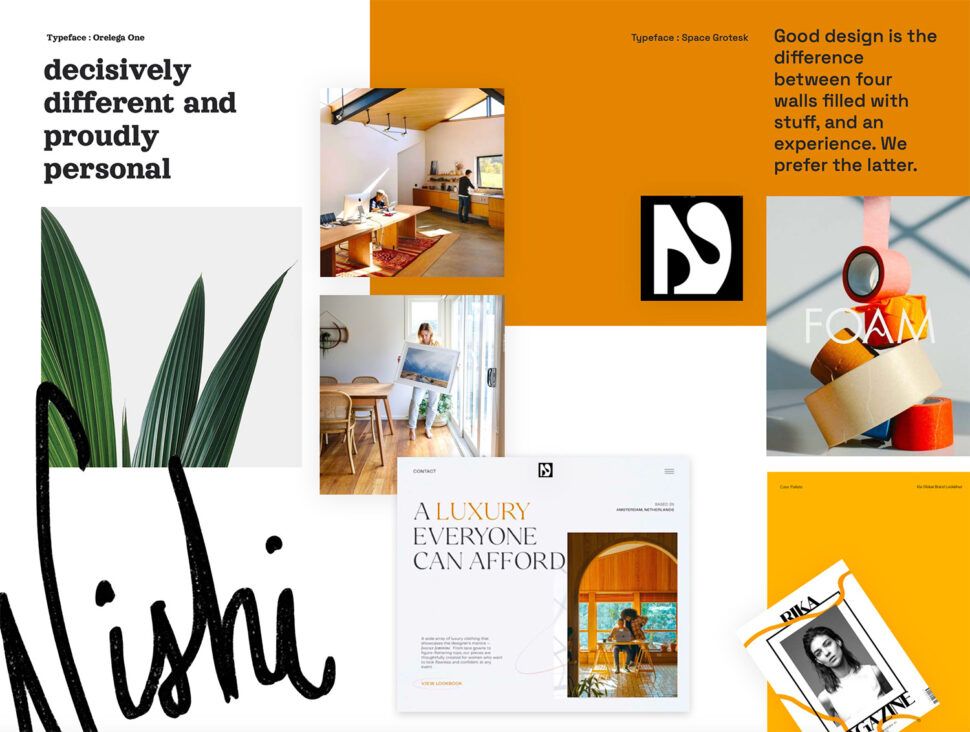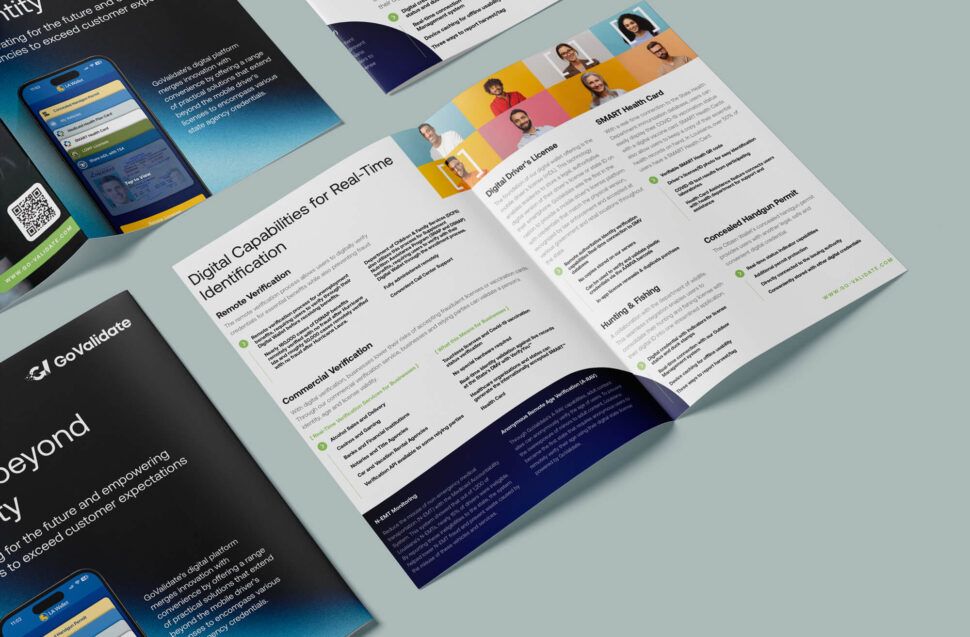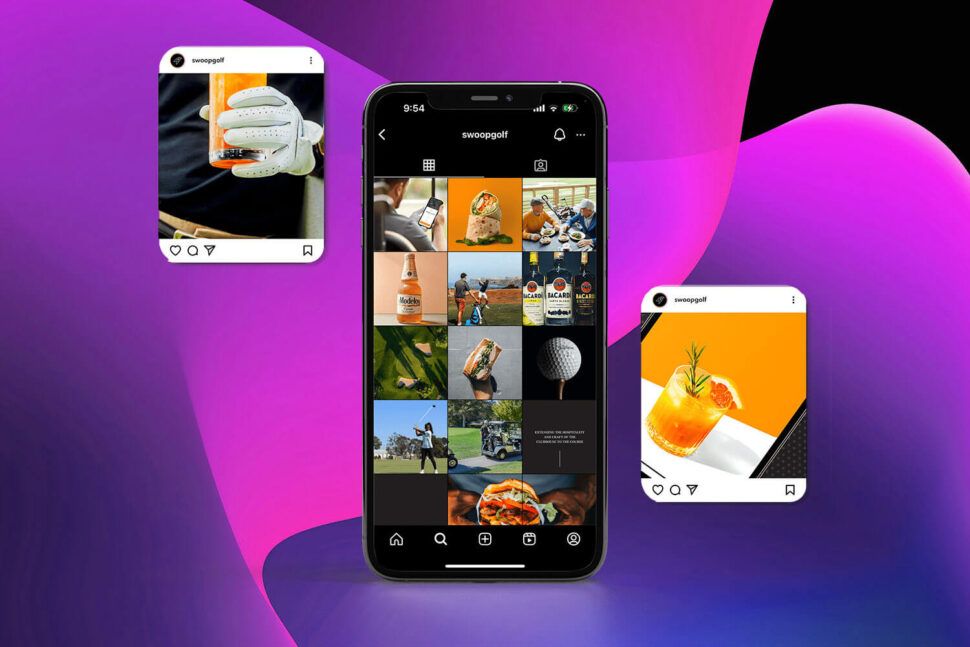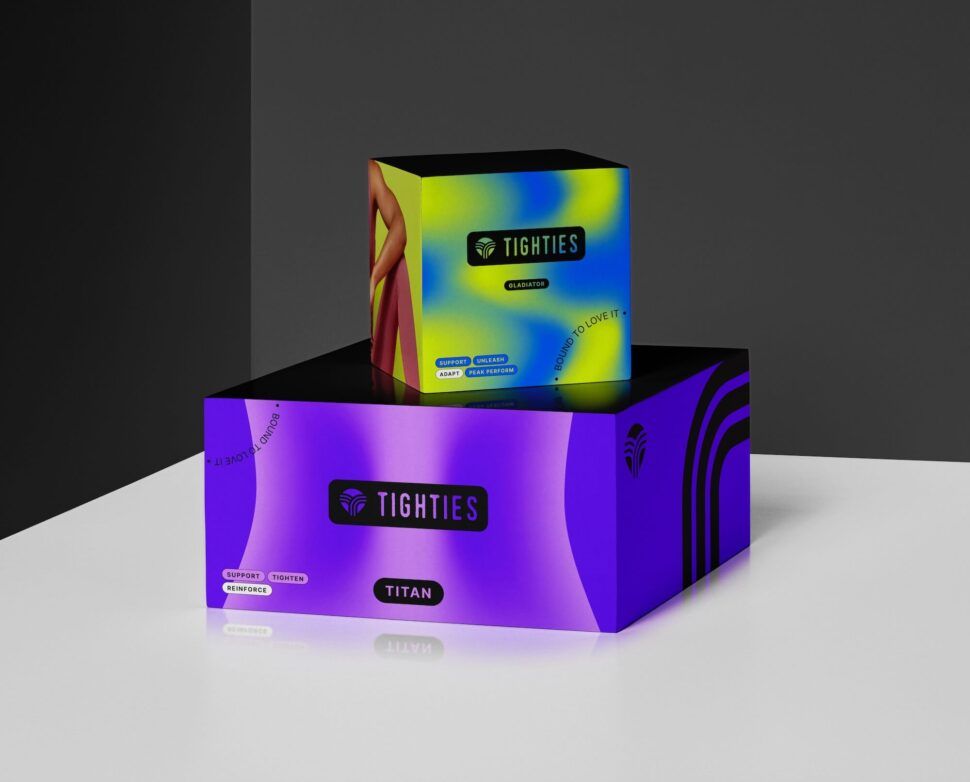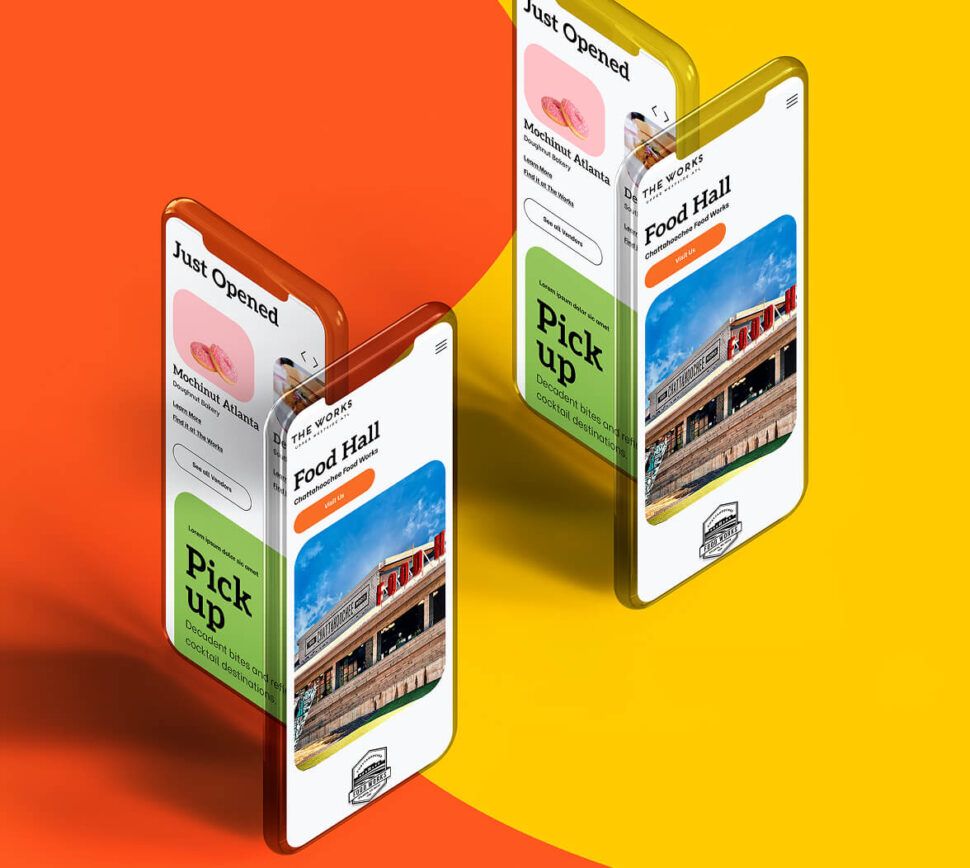June 5, 2024
Revolutionizing Design–How AI Design Services are Shaping the Future
- Visual Soldiers
- Design
- minute read

Revolutionizing Design: How AI Design Services are Shaping the Future
Technology has transformed various industries, and design is no exception. With the rise of artificial intelligence (AI) design services, the way we approach design is being revolutionized. These AI tools harness the power of machine learning and automation to streamline and enhance the design process, benefiting companies and designers alike.
In this article, we will explore the ways in which AI design services are shaping the future of design. From creating personalized user experiences to generating innovative design solutions, these intelligent platforms are changing the game. By analyzing data and patterns, AI design services can offer valuable insights and suggestions that can help designers optimize their creations and meet user needs more effectively.
As companies strive to stand out in a competitive market, AI design services offer a unique advantage. They enable businesses to create visually appealing designs that resonate with their target audience, ultimately leading to increased customer engagement and conversions.
Join us as we delve into the exciting world of AI design services and discover how they are revolutionizing design, paving the way for a future where creativity and technology intertwine seamlessly.
Impact of AI Creative Services on Different Industries
AI design services are not limited to a specific industry but have a wide-ranging impact across various sectors. For instance, in the e-commerce industry, these tools can create personalized user experiences by analyzing browsing patterns and purchase history. By displaying tailored product recommendations and offering intuitive navigation, AI design services enhance the overall shopping experience, leading to increased customer satisfaction and loyalty.
In the gaming industry, AI design services can generate realistic characters and environments, improving the immersive experience for players. These tools can simulate natural movements, facial expressions, and even generate dialogues based on predefined scenarios. By automating the design of non-playable characters and environments, game developers can focus on creating engaging gameplay mechanics and storylines.
Furthermore, in the architecture and interior design industry, AI design services can assist in creating innovative and functional spaces. By analyzing user requirements and preferences, these tools can generate design proposals that optimize the use of space and incorporate sustainable practices. This not only saves time for designers but also ensures that the final designs meet the needs of the clients and adhere to industry standards.
Key Features and Capabilities of AI for Design
AI design tools come with a range of features and capabilities that enhance the design process. One key feature is the ability to generate design variations. By inputting specific parameters and preferences, designers can explore different design options within seconds. This allows for rapid iteration and experimentation, enabling designers to explore creative possibilities and find the most effective design solution.
Another important capability of AI design tools is the ability to analyze user data and generate actionable insights. By collecting and analyzing data such as user behavior, preferences, and feedback, these tools can provide designers with valuable information to optimize their designs. For example, an AI design tool may suggest changes to the layout of a website based on heatmaps and click-through rates, resulting in a more user-friendly design.
Furthermore, AI design tools often come with built-in collaboration features. Designers can easily share their work with team members and clients, gather feedback, and make revisions in real-time. This streamlines the design review process and ensures that everyone involved is on the same page, leading to more efficient and effective design iterations.
Challenges and Limitations
While AI design services offer numerous advantages, they also come with challenges and limitations. One challenge is the risk of over-reliance on AI. Designers must remember that AI tools are meant to assist and enhance their work, not replace their creativity and expertise. It is essential to strike a balance between AI-generated suggestions and human decision-making to ensure the final design reflects the designer’s vision.
Another limitation is the lack of emotional intelligence in AI design services. While these tools can analyze data and patterns, they may struggle to understand the emotional aspect of design. Design is not just about aesthetics and functionality; it is also about evoking emotions and creating meaningful experiences. Designers must consider this human element and incorporate it into their work, even when utilizing AI design services.
Looking for a creative partner to leverage the power of AI to help your marketing team scale?
We believe AI should be used to enhance the design process, not replace it. Learn how we can help speed up your workflow with the power of AI tools.
Book a Call View Our AI Marketing ServicesFuture Trends: Using AI as a Creative Partner
The future of AI design services is promising, with several exciting trends on the horizon. One emerging trend is the integration of AI design services with virtual reality (VR) and augmented reality (AR) technologies. By combining these technologies, designers can create immersive and interactive experiences that allow users to visualize designs in real-world settings. This has significant implications for industries such as interior design and architecture, where clients can walk through virtual spaces before committing to a final design.
Another trend is the advancement of natural language processing (NLP) in AI design services. This technology enables designers to interact with AI tools using natural language, making the design process more intuitive and user-friendly. Designers can communicate their ideas and preferences through voice commands or text, and the AI design service can generate designs accordingly. This streamlines the design workflow and enhances collaboration between designers and AI tools.
How to Incorporate AI Design Services in Your Business
To incorporate AI design services into your business, it is crucial to first identify your specific needs and goals. Determine which aspects of the design process can benefit from automation and machine learning. Research and evaluate different AI design tools available in the market, considering factors such as features, compatibility, and user reviews.
Once you have selected an AI design service, allocate time and resources for training and familiarizing yourself and your team with the tool. Understand its capabilities and limitations to make the most of its features. It is essential to establish a collaborative workflow that incorporates AI design tools seamlessly into your existing design process. Regularly evaluate the performance and effectiveness of the AI design service and make adjustments as needed.
AI Design Services vs. Traditional Design Methods
There are several advantages over traditional design methods. Firstly, AI tools can automate repetitive and time-consuming tasks, allowing designers to focus on more creative and strategic aspects of their work. This increases efficiency and productivity, enabling designers to take on more projects and deliver faster turnaround times.
Secondly, AI design services offer data-driven insights and recommendations. By analyzing user behavior and preferences, these tools can generate valuable insights that optimize the design and improve the user experience. Traditional design methods often rely on subjective opinions and assumptions, whereas AI design services provide objective data-backed recommendations.
Lastly, these services enable customization and personalization at scale. These tools can generate design variations based on predefined preferences, ensuring consistency across various marketing materials. Traditional design methods often require manual adjustments and revisions, which can be time-consuming and prone to errors.
Conclusion
As technology continues to evolve, the future of design will be characterized by the seamless integration of creativity and AI. Designers will leverage AI design services to explore new possibilities and push the boundaries of innovation. Embracing this future and harnessing the power of AI design services will empower designers to create remarkable designs that captivate audiences and shape the world we live in.
AI design services are revolutionizing the design industry, offering numerous advantages and opportunities for businesses and designers. From saving time and improving efficiency to generating personalized user experiences, these tools are reshaping the way we approach design. By incorporating AI design services into their workflow, businesses can create visually appealing designs that resonate with their target audience, ultimately leading to increased customer engagement and conversions.

